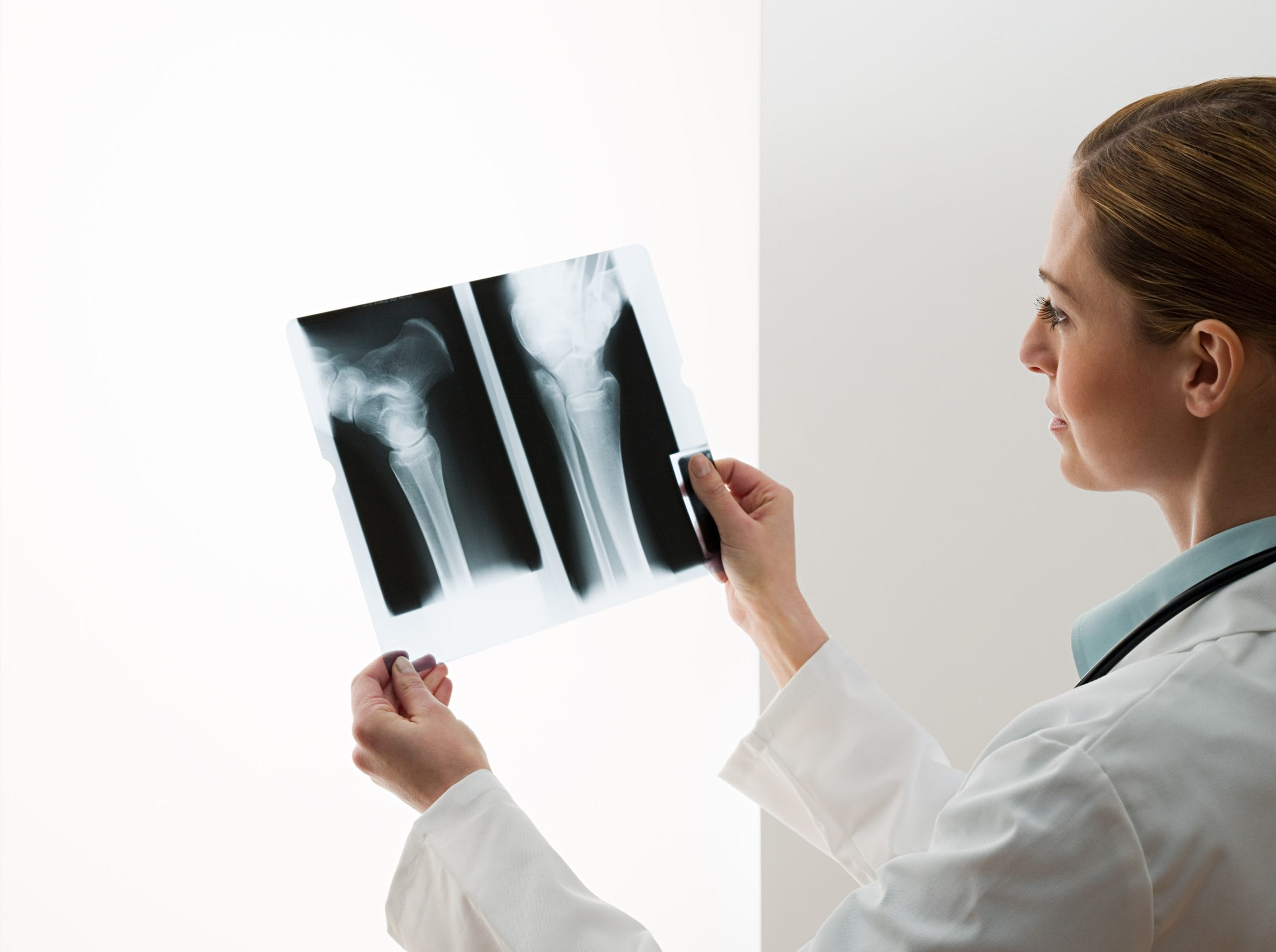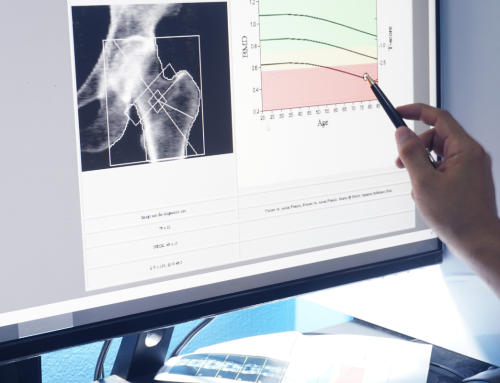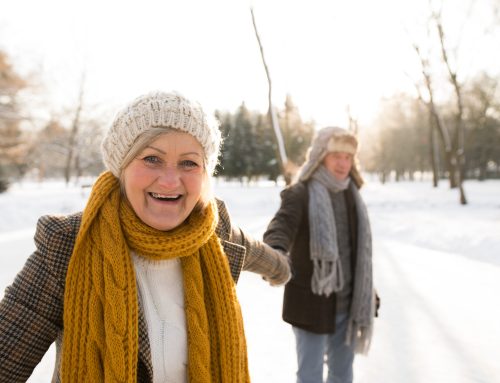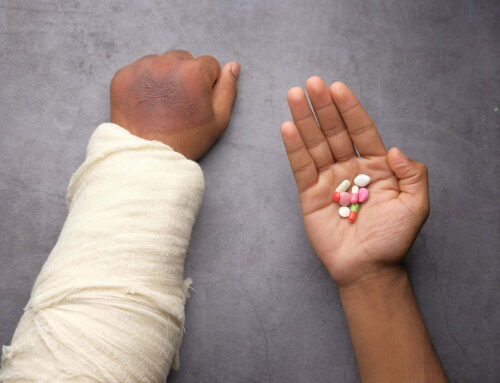
Bone loss is often called a silent disease—you don’t feel it happening, but over time, your bones may weaken, making fractures more likely. In fact, 1 in 3 women and 1 in 5 men will suffer from an osteoporotic fracture in their lifetime. By the time many people realize their bone density has declined, they’ve already experienced a painful fracture or mobility issues that impact their daily lives.
Two of the most common conditions associated with bone loss are osteopenia and osteoporosis. While both involve reduced bone density, their severity, symptoms, and risks differ significantly.
Understanding the difference between osteoporosis vs. osteopenia is the first step in protecting your bone health. The good news? There are effective, science-backed ways to help strengthen bones naturally and reduce fracture risk—before serious complications arise.
Keep reading to learn how to recognize early signs of bone loss, manage osteoporosis symptoms, and take simple actions to support your bone health.
What is the Difference Between Osteopenia vs. Osteoporosis?
Both osteopenia and osteoporosis involve bone loss, but they differ in severity and fracture risk.
- Osteopenia is the warning stage. Bone mineral density (BMD) is lower than normal but not yet dangerously low. While it doesn’t always lead to fractures, it increases the risk of developing osteoporosis if left unaddressed.
- Osteoporosis is a more advanced condition. Bones become brittle and fragile, making fractures more likely; even from minor falls or everyday movements. Because osteoporosis often goes undetected until a fracture occurs, early detection is key to preventing complications.
Recognizing early signs of bone loss and taking proactive steps can help prevent osteoporosis and protect long-term bone health.
Key Differences: Osteopenia vs. Osteoporosis
| Feature | Osteopenia | Osteoporosis |
|---|---|---|
| Bone Density | Lower than normal but not critically low | Significantly reduced, making bones brittle |
| Fracture Risk | Slightly increased | High risk, even from minor falls or bumps |
| Symptoms | Often asymptomatic | Fractures, height loss, back pain |
| Reversibility | Can be managed and potentially reversed with lifestyle changes | Requires medical intervention to prevent further deterioration |
Osteoporosis Symptoms vs. Osteopenia Symptoms
Recognizing the signs of bone loss early is essential for preventing fractures and maintaining mobility. While osteopenia symptoms are often subtle, osteoporosis symptoms tend to be more severe and noticeable.
Osteopenia Symptoms
Osteopenia is typically a silent condition, meaning most individuals will not notice any symptoms. However, some early indicators include:
-
- Slightly reduced bone density on a bone scan
- Increased risk of fractures with minor injuries
- Weak or brittle nails, which can reflect bone health
- Decreased grip strength, which may correlate with reduced bone strength
Because osteopenia doesn’t cause pain or fractures on its own, many people don’t realize they have it until their bone loss progresses to osteoporosis.
Osteoporosis Symptoms
Unlike osteopenia, osteoporosis can lead to noticeable and sometimes debilitating symptoms, including:
-
- Frequent fractures, especially in the hip, spine, or wrist
- Loss of height over time due to spinal compression fractures
- Persistent back pain caused by fractured or collapsed vertebrae
- A stooped or hunched posture, known as kyphosis
- Weakened bones that can break with minimal trauma
Why does early detection matter? Since osteopenia is the warning stage of osteoporosis, taking action early can help prevent painful fractures and mobility issues later in life.
Risk Factors for Osteopenia and Osteoporosis
Certain lifestyle choices, medical conditions, and genetic factors can increase the risk of bone loss and fractures. Recognizing these risks early is key to taking preventive action before osteoporosis develops.
Who Is Most at Risk?
- Aging: As we age, bone mineral density (BMD) naturally declines, making bones weaker over time.
- Gender: Women, especially peri and postmenopausal women, are at a higher risk due to hormonal changes that accelerate bone loss.
- Family History: If a parent or grandparent had osteoporosis or frequent fractures, your risk is higher.
Lifestyle Factors That Increase Bone Loss
- Poor Nutrition: Low calcium and vitamin D intake weakens bones over time.
- Lack of Exercise: A sedentary lifestyle reduces bone strength—weight-bearing activities are essential for maintaining bone density.
- Smoking & Excessive Alcohol Consumption: Both interfere with bone formation and calcium absorption, increasing fracture risk.
Did you know? Osteopenia often goes unnoticed because it doesn’t cause pain or obvious symptoms. That’s why early prevention through nutrition, exercise, and science-backed solutions like Marodyne LiV can make a real difference.
How to Prevent and Manage Bone Loss
Bone loss is progressive. The earlier you take action, the better you can protect your long-term mobility and independence. Whether you have osteopenia or osteoporosis, these positive actions can help strengthen bones naturally and reduce fracture risk.
1. Prioritize a Bone Strengthening Diet
What you eat plays a major role in bone density. Make sure your diet includes:
-
- Calcium-rich foods: Dairy products, leafy greens, almonds
- Vitamin D sources: Sunlight, fortified foods, fatty fish
- Protein: Essential for maintaining muscle and bone integrity
2. Stay Active with Weight-Bearing Exercise
Bones stay strong when they’re regularly stimulated by movement. Incorporate:
-
- Walking, jogging, or hiking
- Strength training with weights or resistance bands
- Yoga and Pilates for balance and flexibility
3. Make Smart Lifestyle Adjustments
Your daily habits can either support or weaken your bones. Consider:
-
- Quit smoking and limit alcohol intake
- Get regular bone density screenings to monitor bone health
- Maintain a healthy weight to reduce strain on bones
4. Strengthen Bones with Low-Intensity Vibration Therapy
While diet and exercise are essential, bone loss often requires additional support, especially in later years. That’s where Marodyne LiV can help.
-
- Clinically proven: Low-Intensity Vibration (LiV) stimulates bone cells naturally, encouraging new bone growth.
- Non-invasive & medication-free: Just 10 minutes a day can help reduce fracture risk and improve bone density.
- Easy to use at home: Safe for seniors, postmenopausal women, and individuals at risk for osteoporosis.
Want to be more proactive about protecting your bones? Learn more about Marodyne LiV today.
Osteopenia vs. Osteoporosis: What You Need to Know
Bone loss is progressive, but it doesn’t have to be inevitable. Recognizing the difference between osteopenia and osteoporosis allows you to take action before fractures limit mobility and independence.
- Osteopenia is your warning sign—a chance to strengthen bones before osteoporosis develops.
- Osteoporosis requires proactive care to prevent painful fractures and long-term complications.
The good news? You can take control of your bone health today.
Protect Your Bones Before It’s Too Late
By making smart choices now, like improving nutrition, staying active, and using scientifically backed solutions like Marodyne LiV, you can strengthen your bones and reduce fracture risk.
✓ Support bone health naturally without invasive treatments or medications
✓ Prevent fractures before they happen
✓ Just 10 minutes a day with Marodyne LiV can help maintain bone density
Don’t wait until a fracture forces you to take action. Learn how Marodyne LiV can help you stay strong and mobile for years to come.
What lifestyle habits do you incorporate into your routine to strengthen bones? Share your thoughts with our readers in the comments below!




 Black Friday → Christmas Sale! Save $300 + Free Shipping
Black Friday → Christmas Sale! Save $300 + Free Shipping 